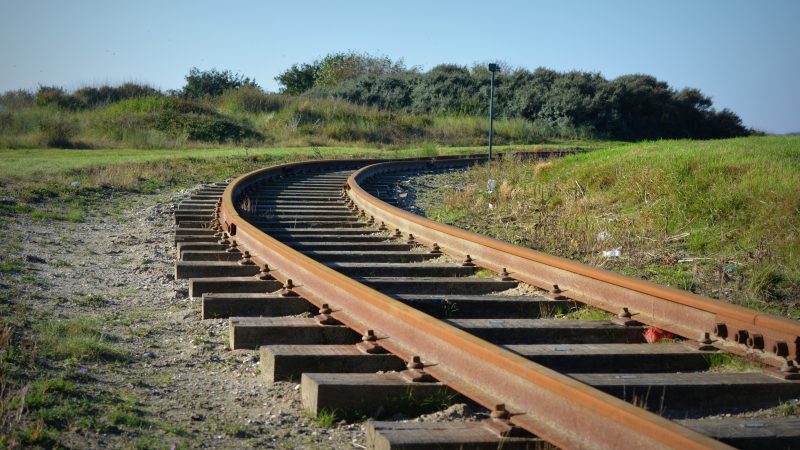How You Can Overcome the Most Common Railway HVAC Issues
Nothing comes easy for railway HVAC systems. Anyone who has ever worked with a railway air conditioning system can testify to that. In order to properly regulate temperatures for the passengers, railroad HVAC coils must adapt to challenging and volatile conditions. A stable environment is a luxury the railway doesn’t provide.
So what makes railway temperature regulation so arduous? The railroad is simply not an HVAC-friendly place. It presents formidable obstacles that demand the most innovative solutions. But in order to identify solutions, it’s essential to know what the problems are. So let’s look at three of the most common challenges that HVAC systems face on the railway.

Why Is Railway Temperature Regulation so Difficult?
Trains are like hotels on wheels. They host a large number of guests who need a comfortable place to rest while traveling. However, hotels remain in one place with one stable climate and have a lot of space which equips them to manage large groups of people. Trains, on the other hand, are more compact and always on the move. This presents three main challenges for railroad HVAC systems:
- Fluctuating climates- We love trains because you can enter a train car in one state, such as Pennsylvania, and end up in an entirely different part of the country, like Florida. However, few consider the difficulties this form of travel creates for HVAC systems. The HVAC system must keep the train car warm while it’s snowing in the northeast and, in a matter of hours, keep the train car cool as it ventures into warmer climates. The HVAC unit must therefore constantly adapt to diverse climates. That’s no easy task.
- Fluctuating heat loads- In railway travel, hundreds of passengers can board and depart train cars in short windows of time. That’s a lot of body heat. In a matter of minutes, the heat load, which is the sum of all heat sources within a certain space, can dramatically change in a train. When a large number of people board or depart from a train, the internal temperature is affected by the fluctuation of heat loads. The HVAC system faces the difficult task of detecting these heat load changes and adjusting the temperature accordingly.
- Fluctuating speeds- Part of the appeal of trains is fast travel. They get us where we need to go, and do so quickly. However, these speeds subject HVAC systems to high G-forces that can jeopardize the stability of coils and even cause them to crack. As a result, HVAC systems have to be equipped with coils that will be able to withstand high G-forces and intense vibration while regulating temperature.
Transporting Happy Passengers: Railroad HVAC Coils That Work
At Cooney Rail Systems, we’re familiar with all of the challenges train air conditioning systems face. Our intimate knowledge enables us to offer the guidance and products you need in order to ensure your trains are utilizing the best HVAC equipment. We use state-of-the-art technology to provide unique and effective solutions for the challenges of the railway.
So what can you do about the difficulties involved in railway temperature regulation? Get in touch with us at Cooney Rail Systems! We will provide you with railroad HVAC coils that will make your passengers comfortable no matter where they’re going. Contact us today at 610-783-1136!



